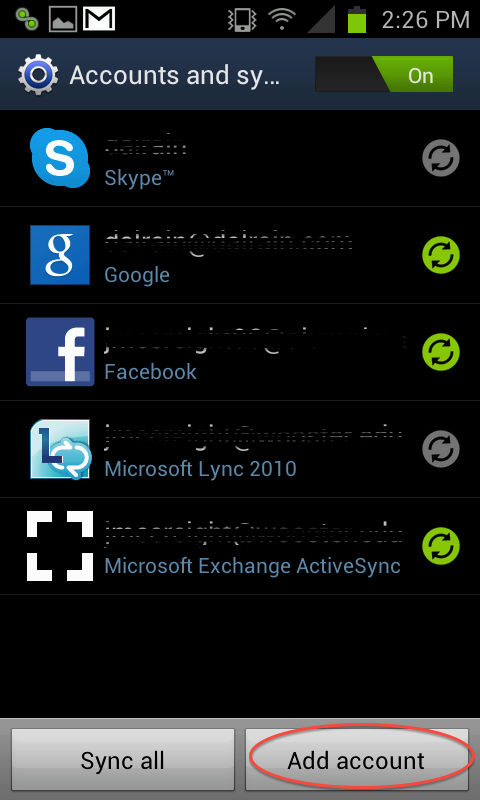
Data visualization tools provide useful ways to explore, discover, and connect information. This guide serves as an introduction to the use of mapping and time-lining tools. They can be used for a variety of assignments, exercises, and discovery processes during projects. You will find suggestions for resources, tutorials, assessments, and learning goals in the guide. Due to the large number of mapping and timeline tools available, this guide contains a curated list of tools. If you find a tool that is not on this list, please reach out to one of the Educational Technology staff members below. We can help provide guidance and feedback. Jon Breitenbucher, Director: jbreitenbucher@wooster.edu Emily Armour, Educational Technologist: earmour@wooster.edu
Purpose and Scope of Assignment/Project
The purpose of the assignment/project is to help expose students to the uses of digital mapping and timelines. The project/assignment can fulfill the following goals:
- Acts as a substitute for a research paper or other class exercise. It will take about the same amount of work as one of those other assignments.
- Allows students to approach information spatially and also learn about digital tools in the process.
- Finished projects help students connect with a wider audience which emphasize research that reaches public audiences.
Below you will find some learning goals for both faculty and students that can assist you in thinking about the purpose and scope of the project or the assignment.
Student Learning Goals
Project Goals (Dependent upon the assignment or project)
- Demonstrate skills in research and collaboration
- Gain basic knowledge about the purposes of mapping and time-lining in context
- Expose students to the use of mapping/time-lining for research, storytelling, and data visualization
- Help students to use mapping/time-lining tools to support argumentation
Expectations
Students will:
- Develop the abilities to show and discuss change over historic time
- Learn how to use map and timeline tools in order to understand their benefits, challenges, and opportunities in research and visualizing content
- Attend and participate in any workshops to prepare to use the tools
- Grow skills in data management and analysis
Faculty will:
- Clearly outline the project and its goals by working with Educational Technology staff
- Attend and participate in workshops with students to build knowledge about what students can expect to experience during the assignment or project
- Help students to visualize research and data in tangible/meaningful ways
- Specify which types of technologies and tools that students should expect to use
- Define and present to students a clear outline of the project goals and assessment
- Consider the accessibility of the assignment and alternative options
On Campus
Educational Technology, Morgan Hall 4th Floor, educationaltechnology@wooster.edu Digital Studio and Production Planning Studio, Andrews Library Digital Media Bar, Andrews Library
Pedagogical and Course Implementation
Engaging Students Through Google Maps Getting Started with Mapping and Timelines Google GEO Tools Slideshow Mapping the Early Modern World Using Story Maps for Communicating and Assessment at the University Level
Mapping Tools
ArcGIS public account online: You can sign up for a free public account to access the free features of ArcGIS. See The College of Wooster ArcGIS below for information about access to Esri ArcGIS through The College of Wooster. Clio: Developed by Marshall University, Clio is an educational website and mobile app that serves as a guide to historical and cultural sites around the United States. Clio was built by scholars with the intent to be utilized in public applications. Esri Story Maps: Create maps with narrative text, images, and multimedia content. You need to have an ArcGIS public account. Google Earth: Explore the Earth by virtually flying anywhere in seconds. You can explore hundreds of 3D cities. Use Voyager for some guided tours around the Earth. Google Maps: Find your way around with satellite imagery, aerial photography, street maps, 360° panoramic views of streets. Google My Maps: Using Google Maps you can make and edit your own custom maps. KnightLab’s StoryMapJS: Free tool that helps individuals tell stories on the web through highlighting locations through a series of events. The College of Wooster’s ArcGIS Subscription: The College of Wooster has a subscription for ArcGIS. If you need access to the subscription for a project or classwork, please contact Dr. Jon Breitenbucher for more information. VisualEyes: VisualEyes is an HTML5 based tool that allows users to visualize data and more via mapping and timelines. The project interface is connected to a Google Spreadsheet which allows for collaborative editing.
Timeline Tools
KnightLab’s Timeline JS: An open-source tool that enables anyone to build interactive timelines. TimeGraphics: A freemium timeline tool that allows for creating visualizations. There are various formats to export the timeline. Tiki-Toki: A freemium online timeline maker software. You can create a free account but you can only create one timeline for free.
Mapping Tutorials
How to Use Clio:
How to Use VisualEyes How to Use Google Maps Google Earth and Google Maps Tutorials ESRI Training Center (note some are paid for tutorials)
Timeline Tutorials
Collaborative Media Center Timeline JS Tutorials Timeline JS Tutorial from The Gilman Lehrman Institute of American History Tiki-Toki Timeline Tutorials
Listed below are some types of assessments that could be utilized for mapping or timeline assignments/projects. This section will be periodically updated with new examples. It is highly encouraged that before implementing an assessment that you reach out to the Educational Technology. We can help to provide feedback about the assessment.
Suggested Resources
Single Point Rubrics from the Cult of Pedagogy Blog Story Maps Portal from the University of Minnesota
